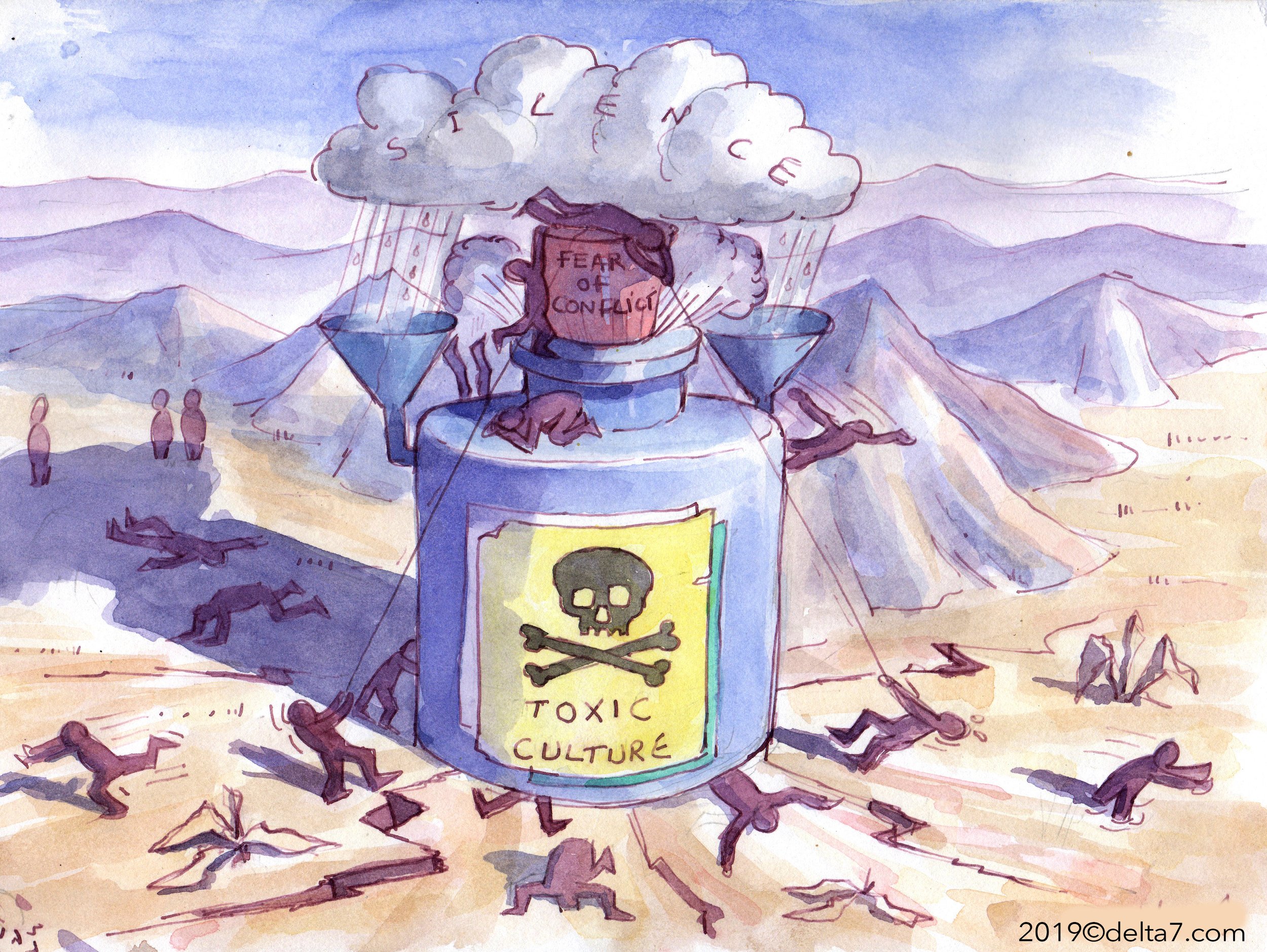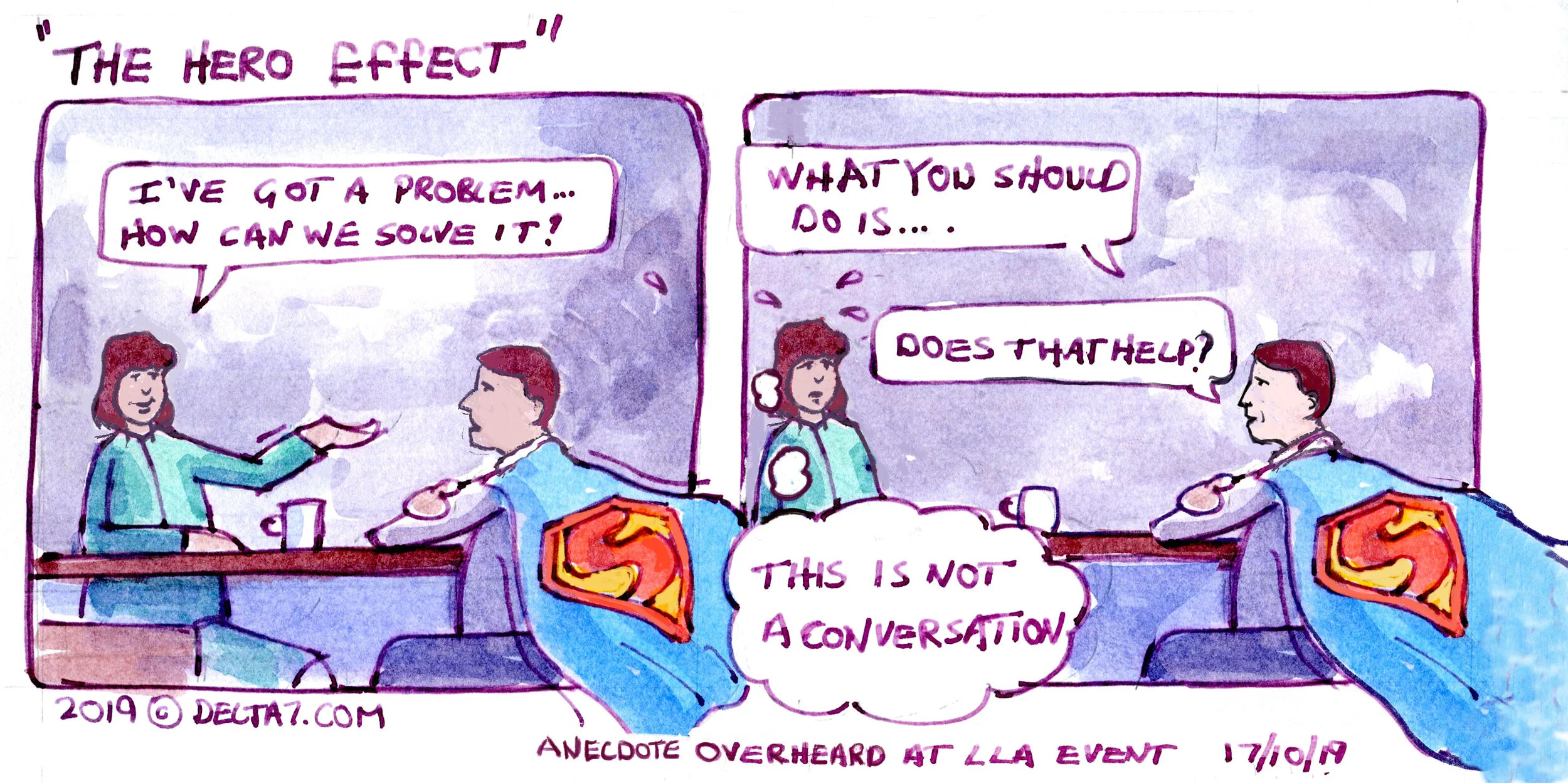Narrative assemblages and small boats
julian burton
Narrative assemblages and small boats
thank you for such an interesting meet-up Barbara Frontera, Jocko Selberg Anna Panagiotou Beth Smith Eleanor Snowden, I found it so inspiring. I particularly liked the metaphor of the “small boat”,and was inspired to draw it out... it really helps me ground these New Materialist concepts in something concrete I can grasp and learn with. Visual metaphors have a part to play in research assemblages, helping in exploring ideas like intra-action from within.
I love how the The “small boat” metaphor of Deleuze and Guattari contrasts the difference between "Major" and "minor" science. For them doing Major science, that stands outside of the events being observed and measured, is like watching a river’s flow from standing above its banks to abstract fixed laws and universal truths. In contrast, practicing minors science is to join with the river’s meandering and embrace the emergence and unpredictability of the world and the flux of our experiences within it. For them this is like getting into a small boat to become part of the river, immersing oneself in the affective flow of events as they unfold in each moment.
Diffractive practices is another useful metaphor I really like. Karen Barad uses it as a metaphor to describe how phenomena interact and overlap to produce patterns of difference. Instead of seeing knowledge a mirror that reflects reality, a diffractive approach acknowledges that different elements are entangled and influence each other in complex, unpredictable and often unfathomable ways.
Thanks again! I think there needs to be more launching of these experimental assemblages, and see where our small boats take us! 🙏













